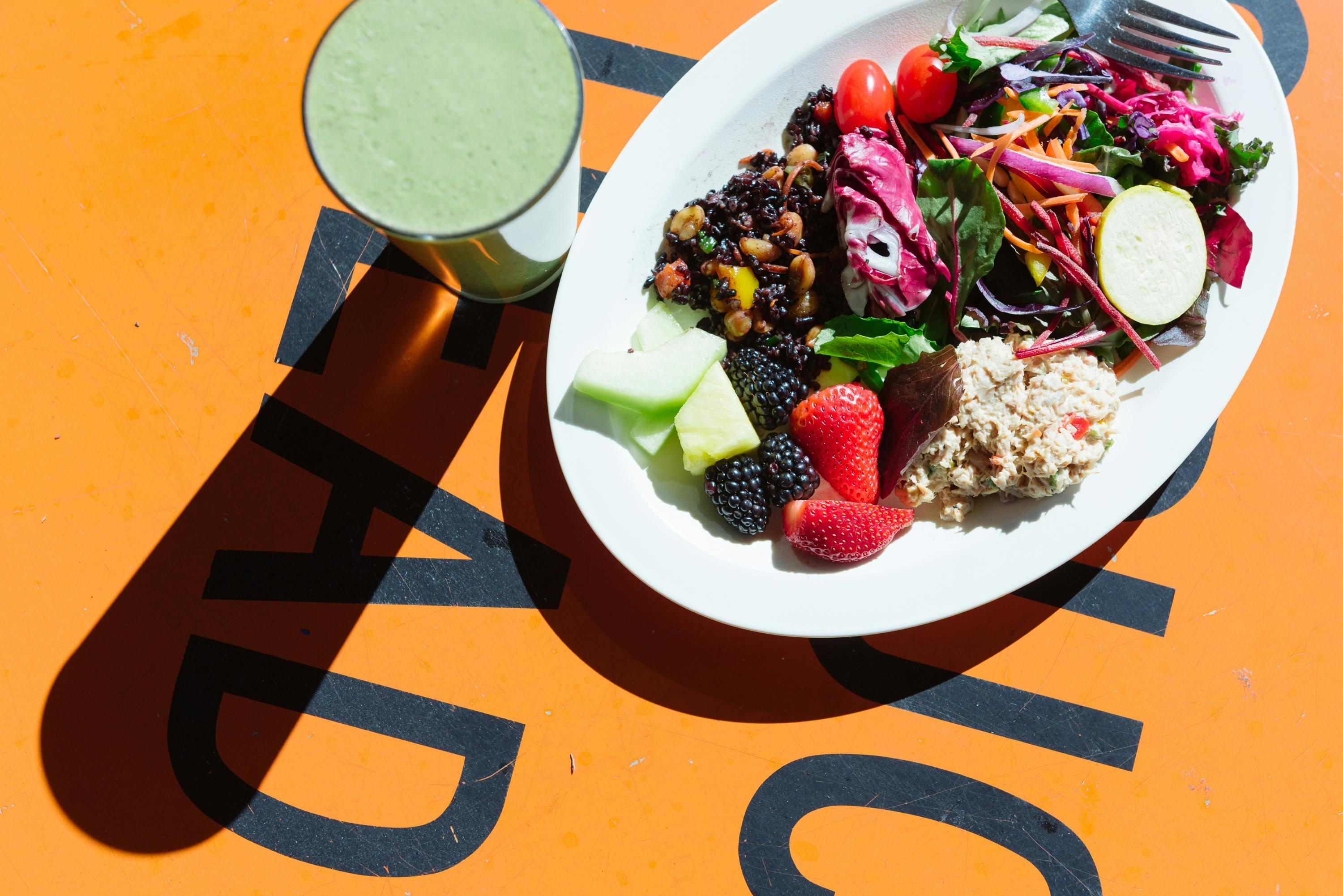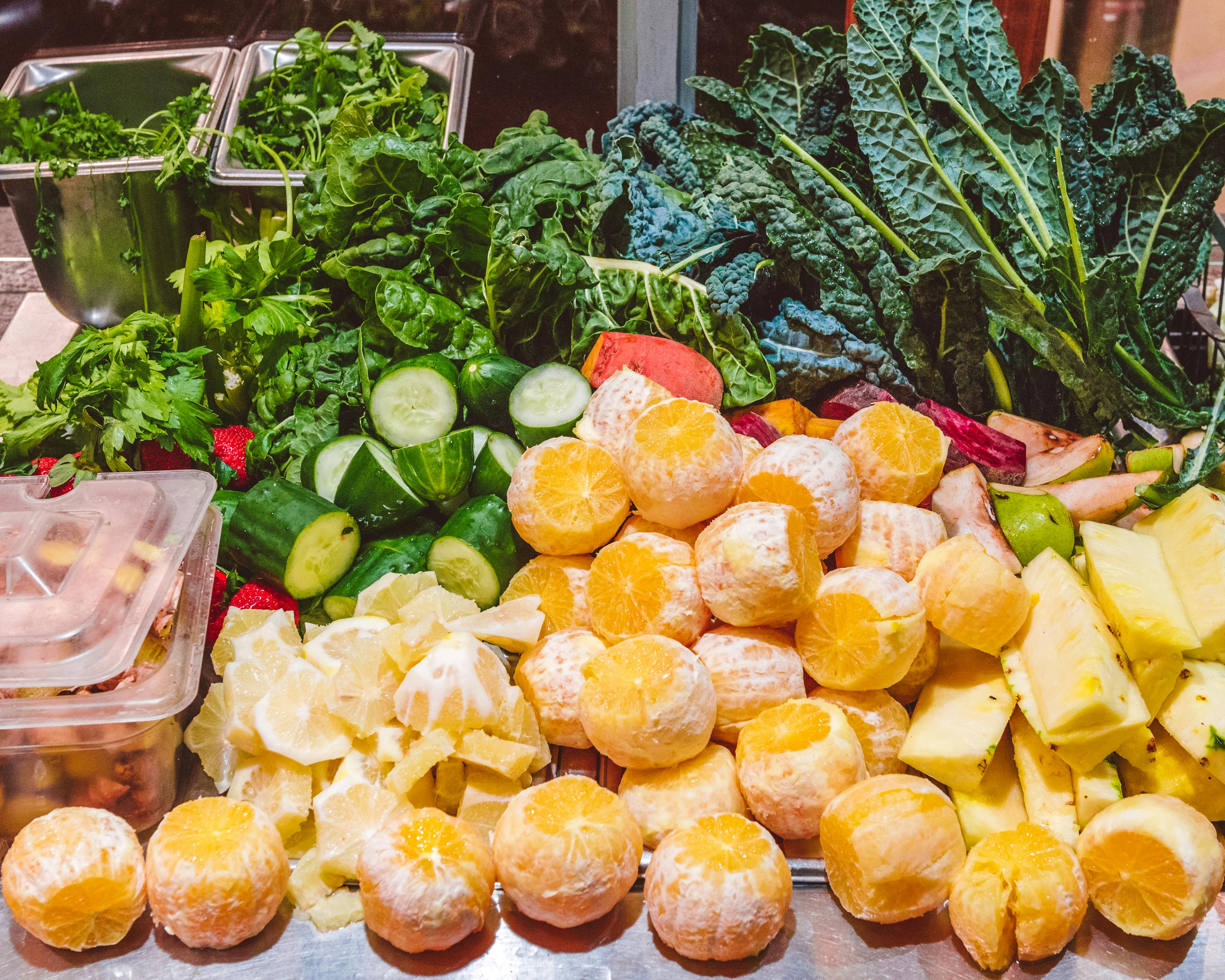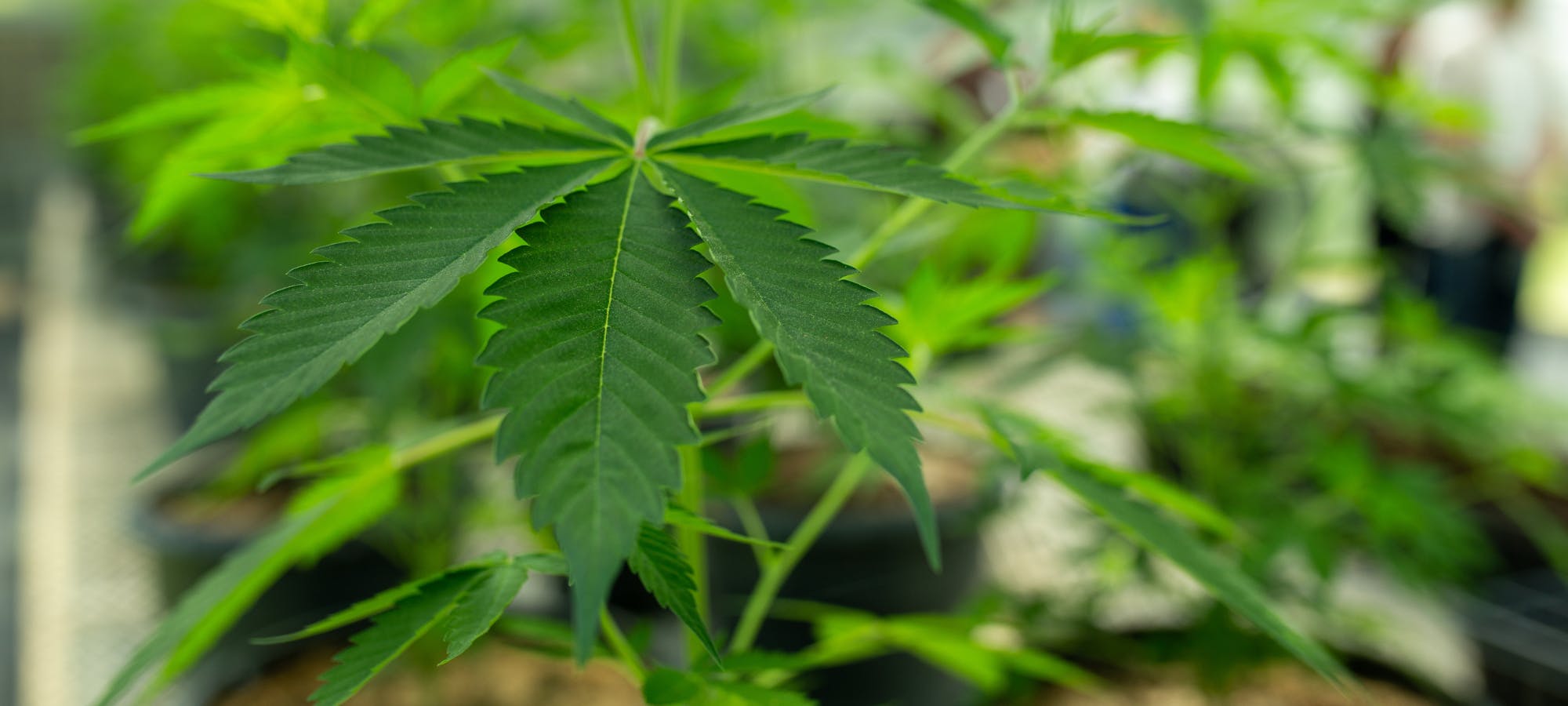By Lindsay Kluge M.Sc, CNS, LDN
There’s always a point in a major or minor health situation when you just don’t know what to do. When you’re pulled in a million different directions from books, internet, doctors, alternative health practitioners, unsolicited advice, your own gut feelings, it can feel completely overwhelming. Even some practitioners I know (myself included) can feel a little overwhelmed with someones upfront health story where too many things seem like they need to be addressed right off the bat. But then I remember that coming back to basics is always a good place to start, and my wonderful herb teachers again whisper in my ear from the recesses of my brain, “When in doubt, take your nettles”.

Herbs can be a wonderful ally for overall support, no matter what the cause or complexity. Stinging Nettles (Urtica dioica) is a shining example of a tried and true herb that is remarkably safe, abundantly accessible, packed with nutrients and readily affordable. I refer to nettles as a general tonic, because it can support so many areas of the body at once without being too terribly specific or competitive with any other forms of medicine. Traditionally, it had a wide range of uses including fatigue, blood loss, arthritis and allergies, however today it’s been a bit pigeon- holed into the Allergy category (which it indeed works wonders to support). Personally, I love to use nettles as a tea infusion to extract all of it’s wonderful water soluble nutrients including vitamin A, C, magnesium, potassium and tannins, zinc, Calcium, Chromium and Magnesium. It is said that nettle leaf has 10-15x the nutrient value of spinach and kale (which I heartedly believe), and it’s perfect for folks that may be malnourished but just wont eat their green leafy vegetables – nettle tea to the rescue!
Preparations:
With nettles, it’s hard to take too much and the dosage can be quite flexible. I often infuse about 3-4 grams of the dried leaf in about 2 cups of hot water for 10 minutes and sip throughout the day. I may do this up to 4 times a day. An overnight infusion in room temperature water is also delicious, and if the earthy + salty taste is not appealing to you you can throw a little peppermint in there to enhance the flavor. When harvesting stinging nettles yourself, let the name warn you that you can’t just go recklessly grabbing this stuff out of the ground. The fresh leaves are covered in tiny little hairs that do, in fact, sting their little hearts out. You need to wear some hefty gloves and harvest carefully, allowing the leaves to dry completely or cook them thoroughly for the stingers to calm down. That being said, the fresh leaves can be incredibly therapeutic when used locally + topically on areas of increased inflammation. The tiny hairs, when used gently on say, an inflamed knuckle, can help to relieve painful inflammation for a time. This takes some practice though, it might be a little painful the first couple of times you try.
If you’re looking for a wonderful daily tonic to enhance vitamin and mineral intake (hello variation to the daily juice or smoothie), nettles are a wonderful herb to incorporate into your daily diet, and they’re abundantly available starting in the late spring and summer! This is a perfect herb to harvest yourself, dry and make your own tea, or even harvest and cook well to make into a delicious, nutrient dense pesto! I’d love to hear how you’re using nettles this season – you can email me a healthcoach@ellwoodthmpsons.com to share your nettle stories!











